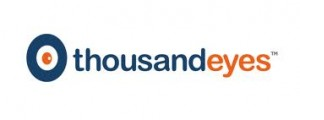 ThousandEyes, interview with CEO Mohit Lad
ThousandEyes, interview with CEO Mohit Lad
Date: 16 February 2014
ThousandEyes CrunchBase profile
As a part of my CEO series, I interview CEOs of innovative companies in the fields of Storage, Virtualization and Networking.
Measuring how your application is performing is not a straightforward task. Many enterprises have multiple locations, work with Cloudbased applications and have end users stationed in different parts of the world.
With the future of IT Infrastucture trending toward more interconnectedness and external dependencies, it becomes both increasing difficult and increasingly important to know how your application is performing.
ThousandEyes created a Network performance measurement tool that is ready for modern Cloud application environments. They are able to collect data inside your enterprise environment and data from various probing points on the internet, to tell you exactly how your application is performing.
They couple this to a very intuitive interface, allowing customers and suppliers alike to monitor performance of their applications all over the planet.
ThousandEyes was founded in 2010 and is backed by the renowned Sequoia Capital. I interviewed Mohit Lad, the CEO of ThousandEyes about their service and the background of the company.
Mohit, how did the company start?
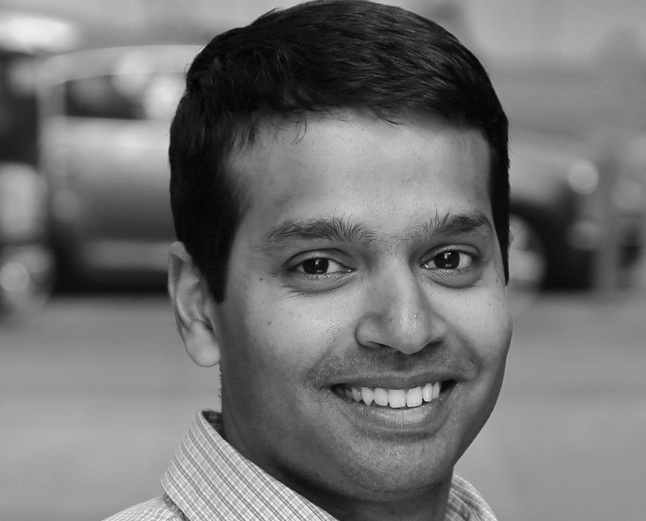 The company was started by myself and my friend from UCLA, Ricardo Oliveira. Both of us worked in the internet research lab at UCLA. One thing we really focused on is trying to understand networks, lots of the work involved looking at a small set of datapoints from all over the world and trying to construct the bigger picture out of this. Finding out the real story beyond the line of sight.
The company was started by myself and my friend from UCLA, Ricardo Oliveira. Both of us worked in the internet research lab at UCLA. One thing we really focused on is trying to understand networks, lots of the work involved looking at a small set of datapoints from all over the world and trying to construct the bigger picture out of this. Finding out the real story beyond the line of sight.
How can you extrapolate, really understand where the problems are even if they are outside the environment.
I later worked for a year at Nokia and realized most of the analysis was in the datacenter, inside the IT environment. This tunnelvision was a challenge for me. Our goal was to find out how can we deliver top-knotch performance all over the world including the internet IT side.
The clear hypothesis we had at the time was that people do have a clear idea about the workings of the datacenter, but they do not understand how that translates to application performance. People do not understand what happens as you consume or deliver an application.
How did you come up the specific functionalities that are in ThousandEyes right now?
We looked at the performance measurement industry and saw that a lot of the products were very old, designed 15 years ago; They were not build for the cloud application era. Many of them were very cumbersome to deploy, you actually needed to roll in large, heavy boxes that were very Capex heavy. They are solving problems of yesterday, on premise stuff only.
Enterprise environments are changing so much, you need a nimble deployment that allows a lot of flexibility. We wanted to make people understand their network problems outside their own network environment, which is a hard thing to do.
The reality is that applications are starting to move out to the cloud. When your office 365 is not working well, you do not really know whether it is your enterprise network slowing down, or your internet connection is having a bad day, or the office 365 is actually having problems.
We wanted to build something that was really visual and intuitive and that gave you the power to look at the internet like it’s your own network. That is the big vision.
If you look only at the network, it is not giving you the full picture. You might have a network that is slightly lossy, but if it does not impact your application you might not care.
So our goal was not only to be able to tell you how different parts of your network are performing but also how it is impacting your specific application.
That relates to something I hear a lot from networking engineers, they need better access to the application guys.
Yes exactly. The application guys don’t talk as much with the networking and infrastructure guys, which results in a lot of finger pointing when things don’t work. The same happens on a higher level when you start consuming cloud applications, then the finger pointing happens between the enterprise guys and the cloud application guys.
Both examples show that troubleshooting for the modern enterprise has changed, it is not a single party game anymore.
The way we think our service can help, is not so much as an SLA enforcement tool but rather to build a platform that can really help both parties see the same picture and then help them figure out where things are breaking.
I reviewed CloudPhysics a while back, next to analysis they actually offer a simulation feature to estimate the impact of changes to the infrastructure. Do you guys plan for this functionality?
We actually do not have a planning tool available right now. We cannot, as of yet, estimate what the impact of a change will be. With our service you can easily run a before and after to see how the change affected performance, nut we cannot predict the change.
What our service will definitely do is show you where the inconsistencies are and where the bottlenecks are.
For now we are focusing on providing an very deep insight into what is happening on the network layer and later we will focus more on the planning aspects of things.
To be completely transparent, we do not think we have cracked everything on the analytics side and will first pursue that. We have seen some competitors that focused early on the predictive side of things that failed.
It takes a lot of trust before enterprise customers will trust your advice, so it seems to me not the place you want to start. We chose to first show our customers that they can depend on our service telling them what is going wrong and how to fix things.
That is a way for us to slowly build confidence with our clients, so that they will later trust our future predictive functionalities as well.
How is your service deployed and is is a subscription model?
The solution is a SAAS application, you do not have to set up servers on your side. There are two ways we collect data, the first is with ‘Private agents’ which are probes that are deployed locally. If you are running multiple locations then you will need one private agent per site. The pricing starts at 99 Dollars a month, with added modules that you can add.
The second way we can collect data is our public infrastructure. We have set up multiple probing on points on the internet where we can measure the network footprint.
A good example of a company using this service is Service Now that can measure their performance this way.
I see a lot of impressive customers already
Yes indeed! What is a bit unfortunate that we have a lot of customers in the financial sector that we cannot not yet disclose, but the list is substantial yes. We have a good distribution of enterprise customers on the one hand, and service/cloud providers and the other.
How big is your team now?
We build the team by looking at the most innovative networking products in the market and hire key people that were very far in their respective fields.The product is on its way and we are now focused on building out our customer base and presence.
(Smiling) The company is now 36 people, depending on the time of the day. We have a lot of people on the engineering side, around 15 people are we’re growing the sales and marketing now. We’re based in San Francisco entirely, and really invested in a nice office. It is a great place to be, I really love the energy of San Francisco.
What do you personally get out of leading ThousandEyes?
I enjoy giving people something they have never seen before, something very innovative that really adds value to the existing market. We understand we are only a small part of the entire enterprise IT ecosystem, yet at the same time we believe we can really solve something significant.
We believe that our customers problems are our problems and we try to be as proactive as possible. I feel very happy when customers send me emails and tell us we have helped them solve really big problems, that happens a lot and really makes me happy.
Also through our research mindset, we love nothing more than figuring out where problems come from and fix them. That’s really what I love doing.
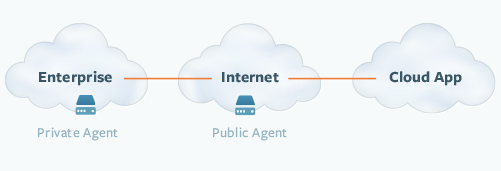
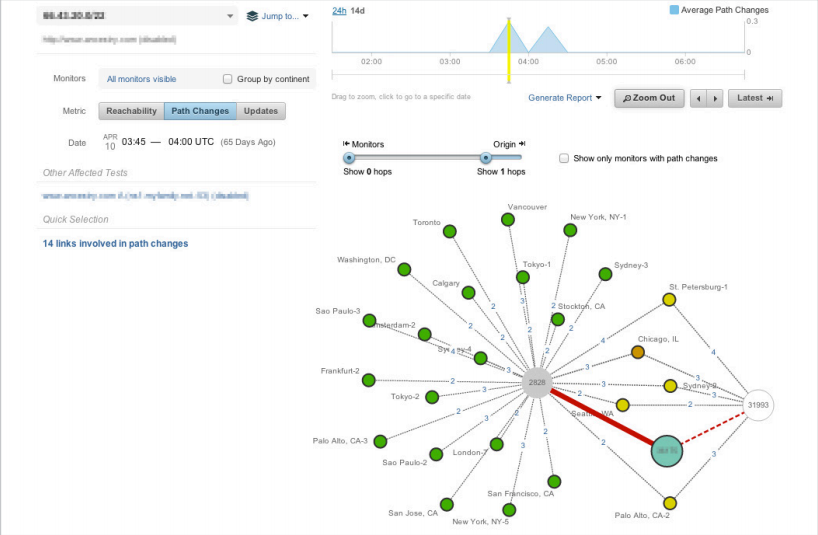
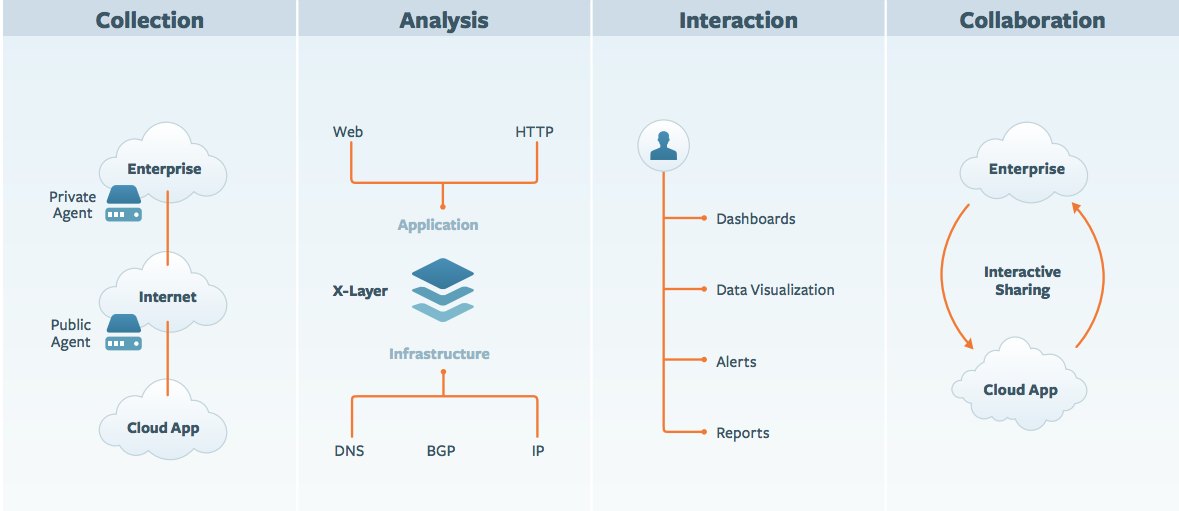
Geef een reactie